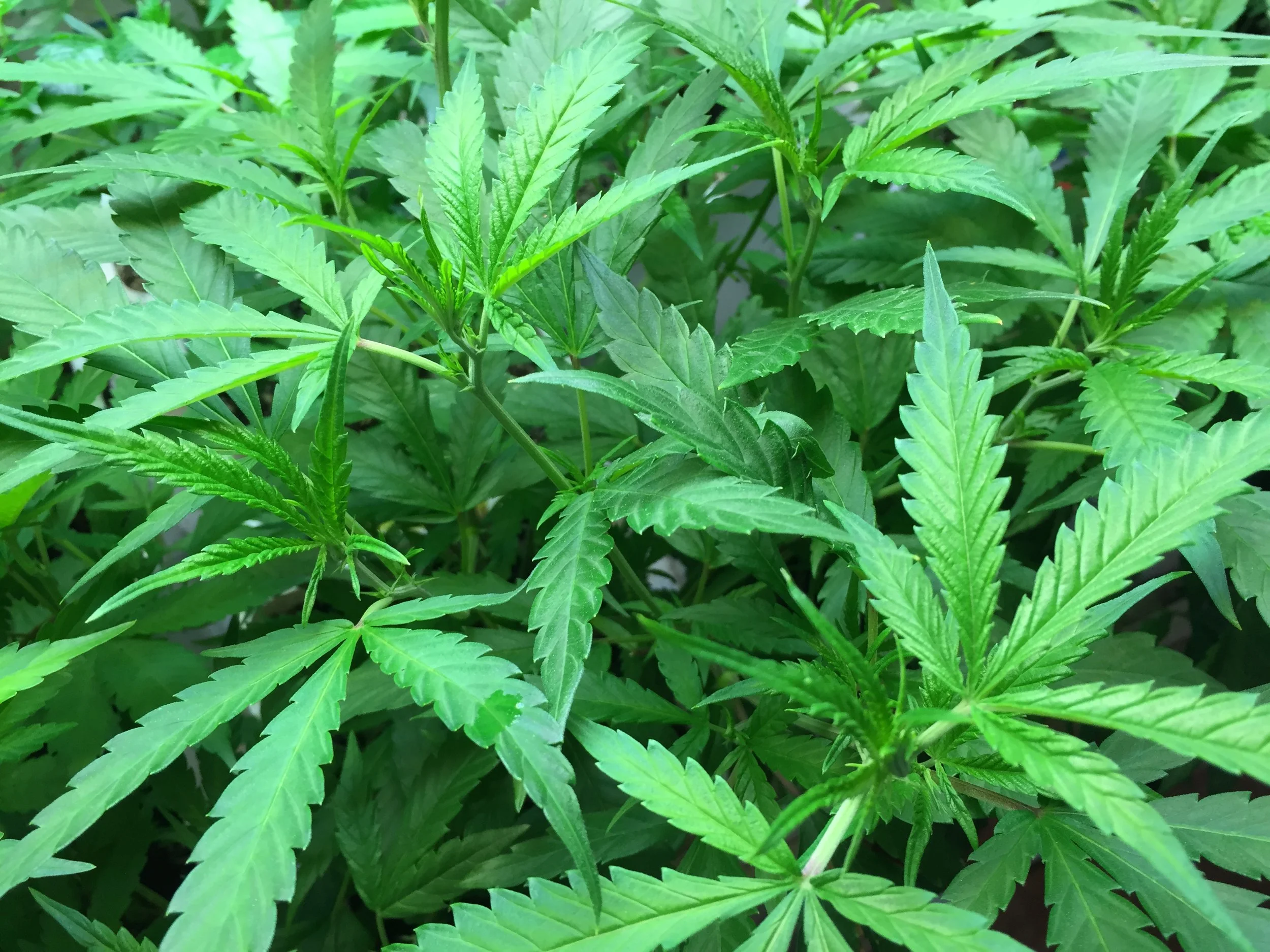Cannabis may just be the most venerated, reviled and versatile crop on the planet.
Certainly, it is one of the oldest and most enduring. One scrap of hemp fabric dates back to about 8000 BCE. This morning, I sprinkled a healthy portion of hemp hearts on my oatmeal. Yum!
In recent decades, discussion has shifted somewhat from the psychoactive effects of marijuana to the healing properties of the non- or less-psychoactive varieties of Cannabis sativa L. Several states, including California, Washington and Colorado, have legalized medical marijuana, putting themselves at odds with the federal government.
But now, pet owners may be placing themselves at odds with their pets by exposing them to psychoactive agents that exist - to varying degrees - in medical marijuana that is meant only for human consumption.
Activated tetrahydrocannabinol (THC), in the form of an edible or smokable, is highly toxic to pets. After ingesting activated THC through the stomach or lungs, a dog or cat can wobble, shudder, become disoriented and froth at the mouth. If combined with chocolate, the results can be deadly.
The same ingredient that induces the “high” in humans can damage a pet’s neurological system by disrupting the transmission of signals from the brain to the trunk and limbs of the animal resulting in dis-coordination, a condition known as ataxia. Disoriented and unstable pets are in danger of staggering right off the head of a staircase or just repeatedly falling down, incurring serious injury.
Our animal companions are inclined to heave-up what doesn’t agree with their sensitive systems. However, activated THC is an antiemetic: it suppresses an ailing animal’s urge to purge. Many a pet owner has had the heart-pounding experience of rushing their baby to the vet to have his or her stomach pumped with charcoal after they consumed their owner’s edibles.
On the other hand Cannabidiol (CBD), the cannabis extract that has afforded humans with some measure of relief from inflammation, pain, anxiety, psychosis and seizures without getting them stoned, holds medicinal promise for our pets.
While CBD is recognized by some holistic healers as a safe supplement for pet nutrition (it is reputed to be non-psychoactive, a potent antioxidant, and a neuroprotector), Canadian and American veterinary associations cannot prescribe it's use. To date, there is simply a dearth of hard research on the medicinal benefits of CBD in pets.
But this has not stopped veterinarians in certain regions with access to medical marijuana from recommending it for some of their furry patients. Dr. Katherine Kramer, a DMV in British Columbia, told leafscience.com that inquiries regarding cannabis for pets is on the rise: “We don’t have a lot of patients on it, but the people I find that are using it with their pets for medical reasons are very cautious about how they’re using it.”
An emerging concern is pets plundering their owner’s budded, baked or dried leafy stash. Between 2010 and 2015, one medical center in New York state saw a 144% increase in calls related to accidental overdosing by pets. Still, out of 180,000 animal poisoning cases handled by The Animal Poison Control Center in 2013, only 320 (about 0.17 percent) were related to marijuana.
Ultimately it’s up to the conscious consumer - and loving pet parent - to do their due diligence and weigh the risk versus benefit of medical marijuana for their pets. There seems to be a growing body of anecdotal evidence that the use of the right extract of cannabis in the right dose could ease a lot of suffering for our four-legged family members.
But that certainly means not blowing our smoke in their faces.

